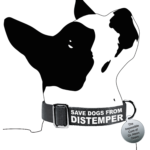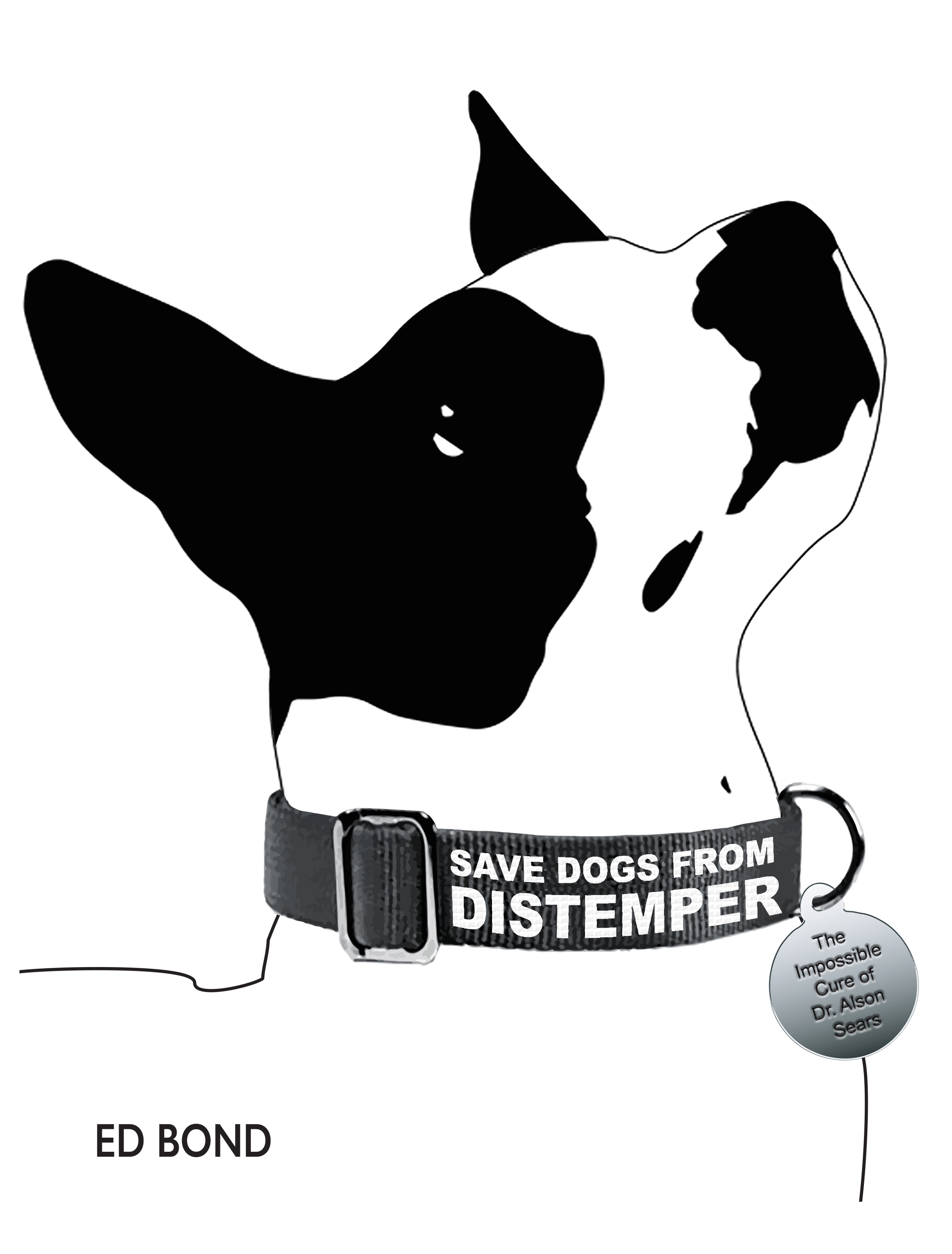For the past year, the manuscript for the Save Dogs From Distemper book has been circulating among the people who  participated in this story. The draft has been evolving as I continue to get feedback and corrections. I keep saying this, but we are getting closer to getting this published now that I have heard back from mostly everyone.
participated in this story. The draft has been evolving as I continue to get feedback and corrections. I keep saying this, but we are getting closer to getting this published now that I have heard back from mostly everyone.
When we began in December 2008, vaccination and euthanasia were the only reliable tools to deal with distemper, at least according to the accepted doctrines of veterinary literature. It had been said that dogs with distemper could only be saved through heroic measures and that ultimately it was not worth trying because they would not have a worthwhile quality of life even if they made it. So don’t bother trying. Shelters would habitually “depopulate” — kill every dog — when a distemper outbreak occurred. It was thought to be the only way to prevent the spread of the disease.
Fortunately, attitudes have slowly been changing.
I got into this cause because my dog, Galen, had been saved by a treatment discovered by Dr. Alson Sears using the Newcastle Disease Vaccine. My primary goal has been to tell the world about this treatment so other dogs could be saved and to find a path to acceptance for Dr. Sears’ methods. That acceptance may still be possible, but now I better understand the obstacles to gaining support for an idea that goes against accepted scientific knowledge.
As I write in the book:
“Rather than proof, I offer a prediction: If his NDV serum treatment for dogs in the pre-neurologic stage of canine distemper could be put to the test by approved scientific methods they would dramatically outperform the survival rates of traditional veterinary medicine. The result would be faster recoveries, fewer cases reaching the neurologic stage, a decrease in long-term symptoms and more distemper dogs surviving. However, neither Dr. Sears nor myself have the means to demonstrate this ourselves. He’s a retired clinical vet who did not get the guidance he needed to present this properly during his career, and I am just an average guy with a computer. “
Meanwhile, a study of an alternate treatment from Dr. Sears, to treat dogs who have reached the neurologic stage of the disease had been conducted at Kansas State University from 2014 to 2016. After some promising results in early cases, Dr. Ken Harkin ultimately concluded that the NDV spinal tap — injecting Newcastle’s Disease Vaccine directly into the spinal canal — did not help in the recovery of distemper dogs. But he also believes we give up on these dogs too early. The disease can and does go into remission on its own, so dogs can survive neurologic distemper with enough nursing care.
I am also aware of a study conducted by another university on the effect of the NDV serum sometime around 2013. However, the results of that study were not published, and I do not know why.
So today, my message to anyone who loves dogs:
• Not every dog can be saved from distemper, but more dogs are saved when their owners and vets are willing to give them a chance.
• If your dog has not reached the neurologic stage, I believe the NDV serum is the best chance at returning your distemper dog to health. I say that as a non-scientist, non-vet, but also as someone who has worked on this issue for more than 10 years. The value of the NDV serum has not been proven through a scientific study, but I believe it could be with enough distemper dogs, resources, participating vets and support from a foundation and/or university.
• If your dog is the neurologic stage, you don’t have to give up on them. Some vets will still use the NDV spinal tap, but there are other treatments even if you don’t want to go that route. So long as you can keep a dog eating there is usually hope. Dogs that can’t or won’t eat often don’t make it, but there are ways to help a dog eat. Dogs in persistent seizures, complete paralysis or in pain may be considered for euthanasia. As I write in the book: “I will never quarrel with an owner who chooses to spare their dog further pain. Sometimes the disease does strike too quickly and with devastating power. Euthanasia is a blessing in those cases. However, in many occasions, we are dangerously ignoring to our need to learn.”
• A shelter with an outbreak of distemper does not have to “depopulate” to prevent the disease. There are techniques to identify infectious cases, prevent the spread of the virus and treat sick dogs without endangering healthy ones. For more information, check the research by the Maddie’s Shelter Medicine Program at the University of Florida.
In September 2018, Dr. Harkin sent me replies to some questions I had, which are being published in the book. Here are some excerpts:
Q: If the NDV spinal tap is not beneficial to dogs in neurologic distemper, is the conclusion that these dogs would have recovered on their own?
A: No, I do not believe the NDV spinal tap is beneficial and I do believe that the dogs that recovered would have recovered on their own. I had a few clients that wanted to come for the study that I convinced to not have the treatment done. Two of those dogs went on to recover completely with nothing other than good supportive care at home. I know that clients report “improvement” in the symptoms after the treatment, but when they returned here for their recheck I did not appreciate significant improvement in any of them. Maybe there was fractional improvement, but nothing I wouldn’t have expected with time. I do suspect that the NDV vaccine when given intrathecally does cause a transient inflammatory response in the central nervous system (spinal cord, specifically). I think that was manifested in several dogs with significant discomfort/pain that prompted the use of codeine or other analgesic therapy. It is my belief that this inflammation blunts the repetitive firing of the nerves responsible for the chorea (distemper myoclonus). I think that’s why clients see an improvement but I don’t. …
Q: Nilla had been scheduled to be euthanized two days after Clark Audiss first contacted me. The vet would have euthanized on that Monday. Instead, she got the spinal tap on Tuesday, and her vision began to return on Thursday. If Nilla was simply going to have a spontaneous recovery on her own, do you think it possible we are giving up on these dogs too early?
A: I had three dogs that did not have myoclonus: Nilla, Coal, and one other dog. Nilla was the most severely affected. Both dogs recovered completely. Is it possible that the NDV works in a small subset of dogs? I suppose that’s possible, but I doubt it. I think both dogs would have recovered without any therapy. They showed evidence of demyelination and it’s likely that remyelination was happening but that’s a process that just takes time. Early on every dog I saw had a very inflammatory CSF (cerebrospinal fluid), but then post-NDV it would be normal, so I thought the NDV was inducing remission. But, then I had a bunch of dogs that presented with CDV-encephalitis that had completely boring CSF samples, just like the dogs that were post-treatment. It’s just that none of those dogs had been treated. I think the disease can and does go in remission. Interesting, Nilla developed myoclonus long after she left here and recovered. She didn’t have it originally. That myoclonus also eventually subsided. I think we are giving up on some of these dogs way too soon. I have also worked with a shelter in Denver that has saved a number of these dogs with nothing other than good nursing care.

